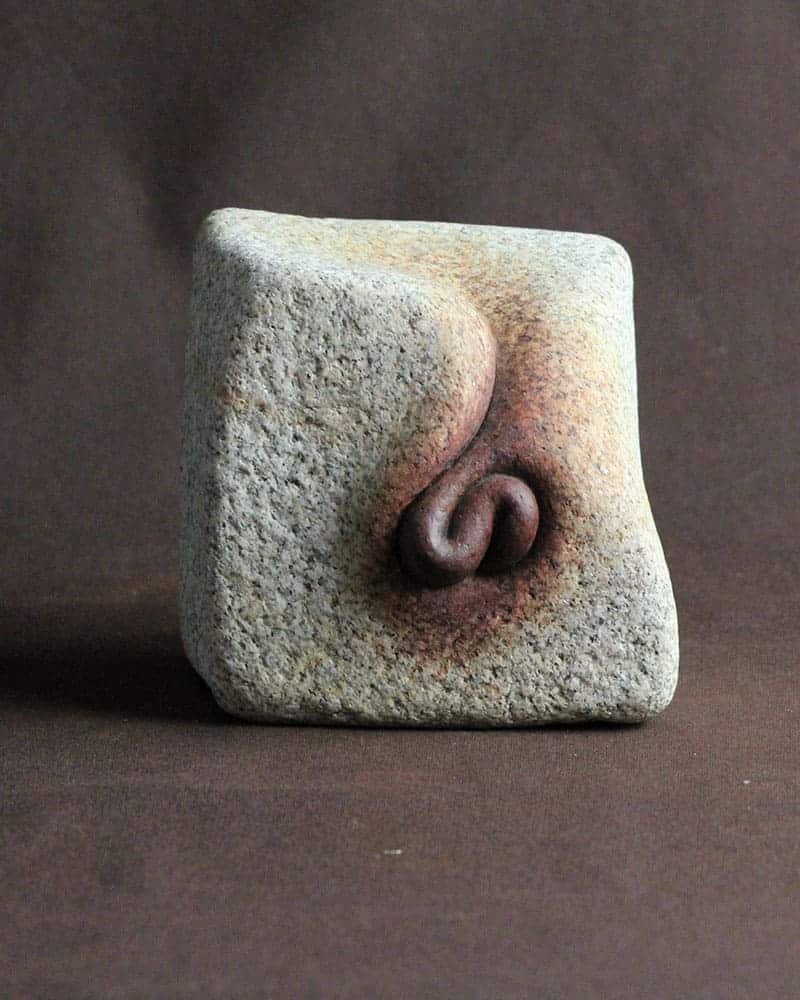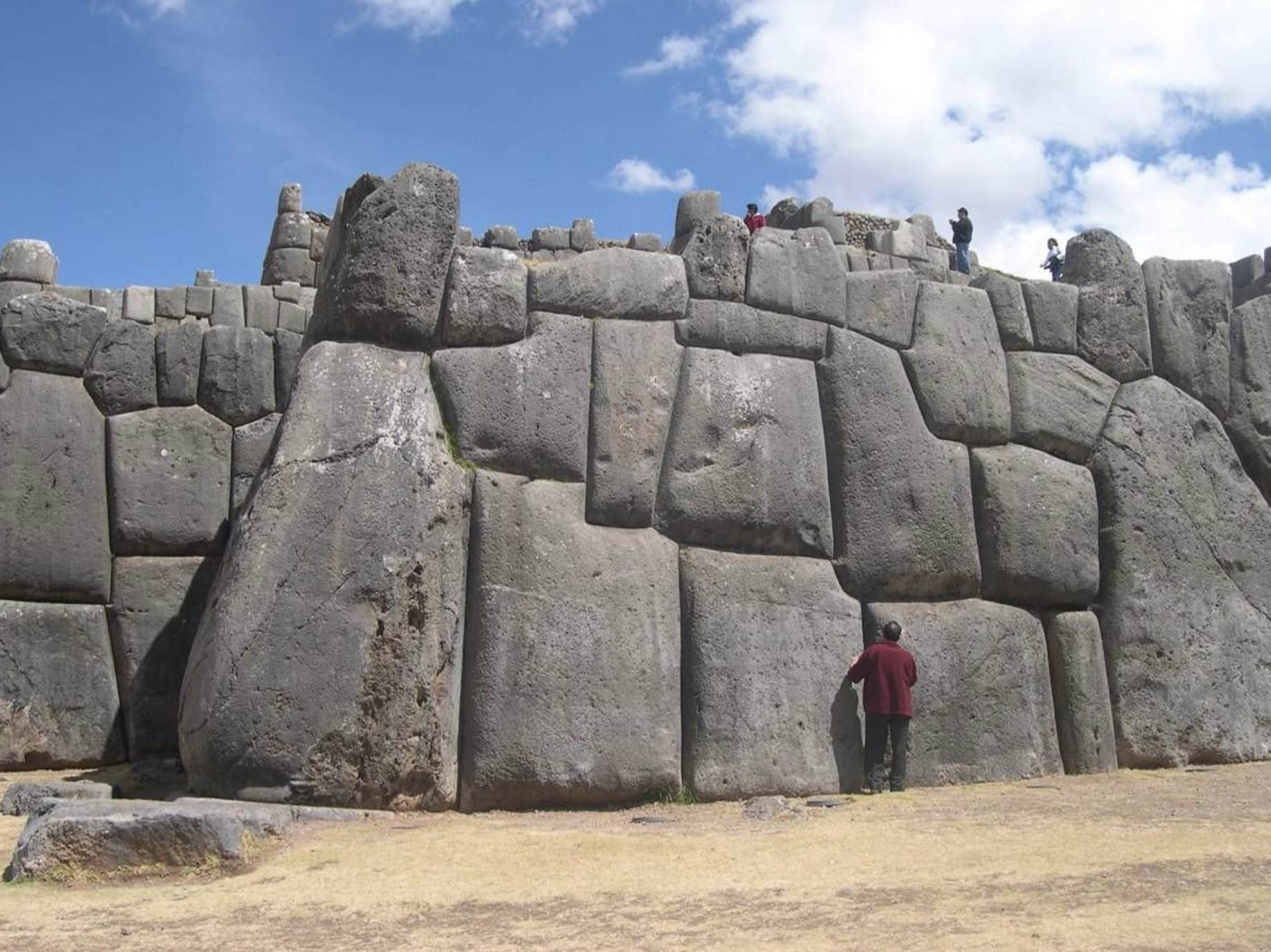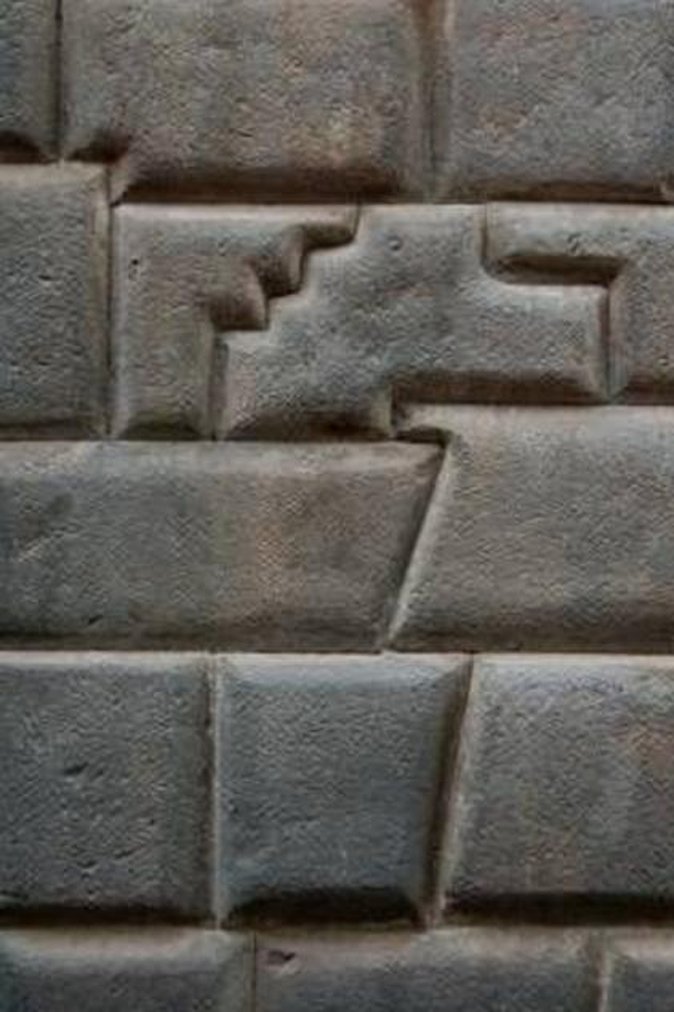If a Spanish artisan can carve a stone to appear like this in today’s world, why couldn’t the ancient Peruvians? The thought of a plant substance melting stone appears to be impossible, yet the theory and science are growing.

Scientists and archaeologists are attempting to determine how such strange ancient Peruvian constructions as the Sacsahuamán Complex were constructed. These amazing buildings are made of massive stones that our contemporary gear cannot move or arrange appropriately.
Is the solution to the riddle a specific plant that allowed ancient Peruvians to soften the stone, or were they familiar with mysterious advanced old technology that could liquefy stones?
The stone walls at Cuzco exhibit traces of being heated to a high temperature and vitrified the outside was glassy – and exceedingly smooth, according to investigators Jan Peter de Jong, Christopher Jordan, and Jesus Gamarra.
An artist in Spain may produce works of art that appear to have been formed by softening the stone and creating a gorgeous piece from it. They appear to be completely mind-boggling.
Based on this observation, Jong, Jordan, and Gamarra draw the conclusion that “some sort of high tech device was used to melt stone blocks which were then placed and allowed to cool next to hard, jigsaw-polygonal blocks that were already in place. The new stone would remain fixed against these stones in near-perfect precision but would be its own separate block of granite that would then have more blocks fitted into place around it and “melted” into their interlocking positions in the wall”.
“In this theory, there would still be power saws and drills that would cut and shape the blocks as the walls were assembled,” David Hatcher Childress wrote in his book ‘Ancient Technology in Peru and Bolivia.’
According to Jong and Jordan, various ancient civilizations throughout the world were familiar with high-tech stone melting technologies. They also say that “the stones on some of the ancient streets in Cuzco have been vitrified by some high temperature to give them their characteristic glassy texture.”

According to Jordon, de Jong, and Gamarra, “the temperatures must reach 1,100 degrees Celsius, and other ancient sites near Cuzco, notably Sacsayhuaman and Qenko, have shown symptoms of vitrification.” There is also evidence that the ancient Peruvians had access to a plant whose fluids softened rock, allowing it to be fashioned into tight-fitting masonry.
British archaeologist, and explorer Colonel Fawcett described in his book ‘Exploration Fawcett’ how he had heard that the stones were put together using a solvent that softened stone to the consistency of clay.
In the footnotes of his father’s book, writer and cultural analyst Brian Fawcett relates the following story: A friend of his who worked at a mining site at 14,000 feet at Cerro di Pasco in Central Peru discovered a jar in an Incan or pre-Incan burial.
He opened the jar, mistaking it for chicha, an alcoholic beverage, and broke the still-intact antique wax seal. Later, the jar was pushed over and landed on a rock by mistake.
Fawcett said: “About ten minutes later I bent over the rock and stared blankly at the spilled liquid. It was no longer liquid; the whole spot where it was, and the rock beneath it, was as soft as wet cement! It was like the stone had melted like wax under the influence of heat.”
Fawcett seems to believe that the plant might be found near the Pyrene River’s Chuncho district, and he described it as having a reddish-brown leaf and standing around a foot tall.

Another account is given by a researcher who is studying a rare bird in the Amazon. He observed as the bird rubbed the rock with a twig to make a nest. The fluid from the twig melts the rock, creating a hole through which the bird may build its nest.
Some may find it difficult to believe that ancient Peruvians could have built amazing temples like Sacshuhuamán using plant juice. Modern archaeologists and scientists are baffled as to how such massive constructions in Peru and other areas of the world were built.




